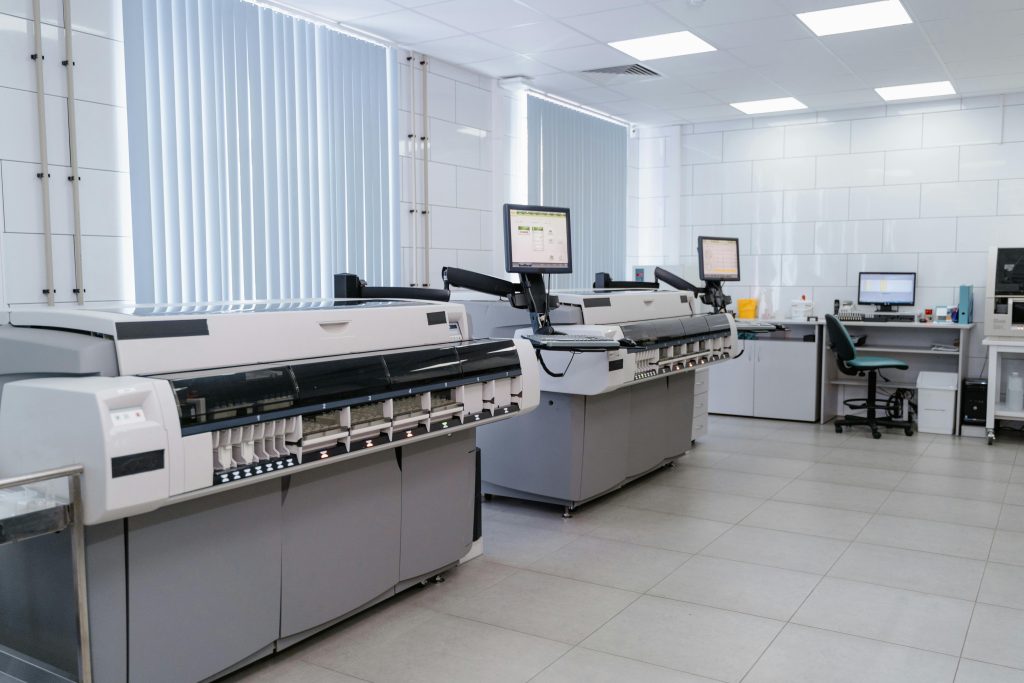Why LIMS is Essential for Pathology Labs in Rural and Remote Areas

Why LIMS is Essential for Pathology Labs in Rural and Remote Areas
Pathology labs in rural and remote areas face unique challenges, including limited access to resources, higher costs for transporting samples, and delays in diagnostic turnaround times. A Laboratory Information Management System (LIMS) can be especially beneficial for labs in these areas, as it streamlines workflows, facilitates remote collaboration, and enhances overall lab efficiency. Here’s why LIMS is essential for pathology labs operating in rural and remote locations.
1. Improved Sample Tracking and Management
LIMS enables labs to track samples in real-time, providing visibility into each sample’s location and status.
- How It Helps: Efficient sample tracking reduces delays, minimizes the risk of sample loss, and ensures that rural labs can deliver timely and accurate results despite logistical challenges.
2. Remote Data Access and Collaboration
With cloud-based LIMS, rural labs can collaborate with urban centers, enabling remote data analysis and expert consultations.
- Benefits for Remote Labs: Remote access allows lab technicians and pathologists in rural areas to consult with specialists, improving diagnostic accuracy and supporting better patient outcomes.
3. Reduced Dependence on Physical Storage
LIMS digitizes data storage, reducing the need for extensive physical storage and making data more accessible.
- Cost Efficiency: By minimizing physical storage needs, labs can save on space and infrastructure costs, which is particularly beneficial in resource-limited settings.
4. Enhanced Inventory Management
LIMS helps rural labs manage inventory by providing automated alerts for low stock levels and tracking reagent expiry dates.
- How It Helps: This ensures that labs have the necessary supplies when needed, reducing the risk of stockouts and minimizing the need for emergency shipments, which can be costly and time-consuming.
5. Support for Telemedicine and Diagnostic Networks
LIMS can integrate with telemedicine platforms, facilitating diagnostic services for patients in remote areas.
- Why It’s Important: By supporting telemedicine, LIMS helps rural labs play a role in expanding healthcare access, providing timely diagnostics for patients who may otherwise need to travel long distances.
Conclusion
For pathology labs in rural and remote areas, LIMS is essential for improving efficiency, reducing operational costs, and enhancing diagnostic capabilities. By enabling remote collaboration, streamlining inventory management, and supporting telemedicine, LIMS empowers rural labs to deliver high-quality diagnostic services, helping bridge the healthcare gap between urban and rural areas.
